French wine lovers gather in Miami for a special lesson.
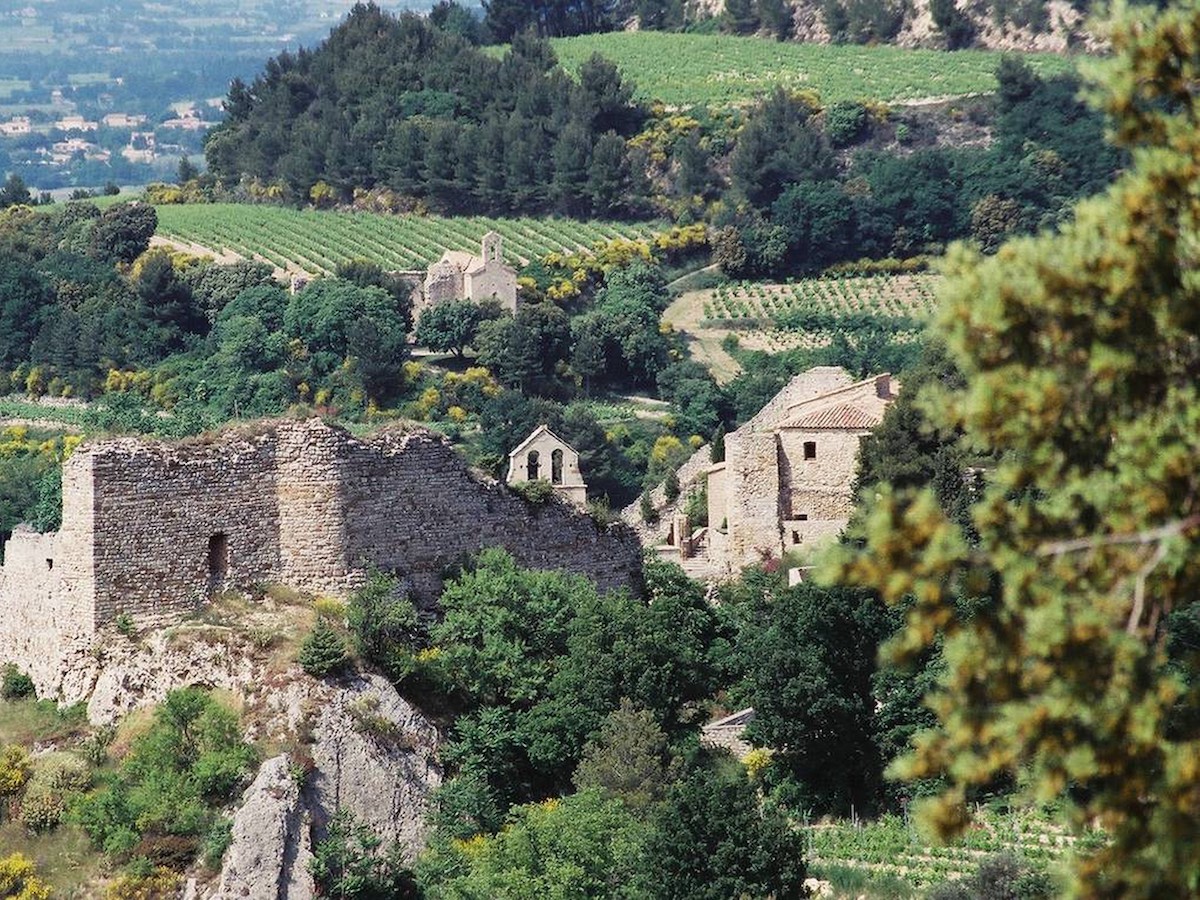
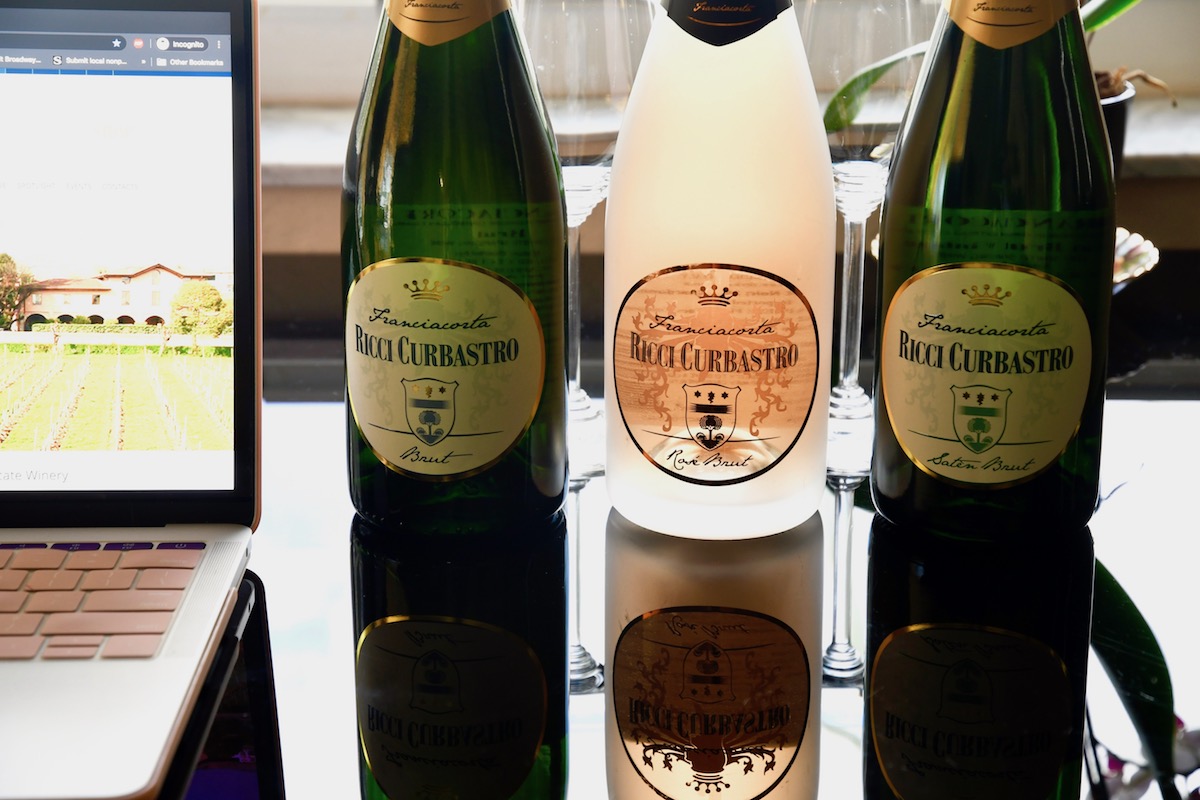
Here’s a recap of the Ricci Curbastro Guided Wine Tasting seminar led by wine expert, Lyn Farmer and presented by World Wine Web Masterclass.
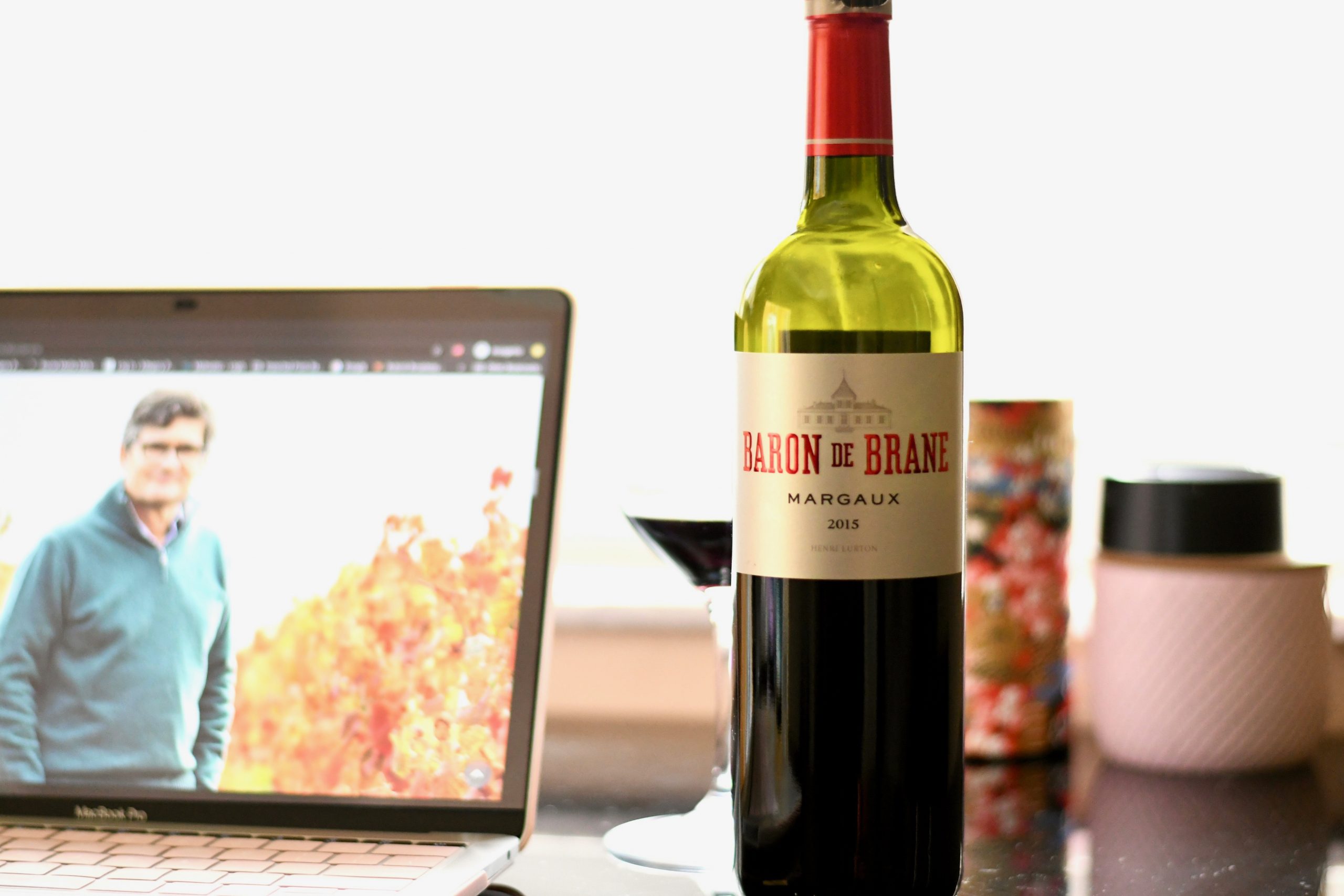
What are wine tasting notes, why are they used and do we really need them? Here’s my take on wine tasting notes.
Some photo highlights of a lunch with Chiara Soldati, owner of La Scolca winery in Piemonte, Italy.
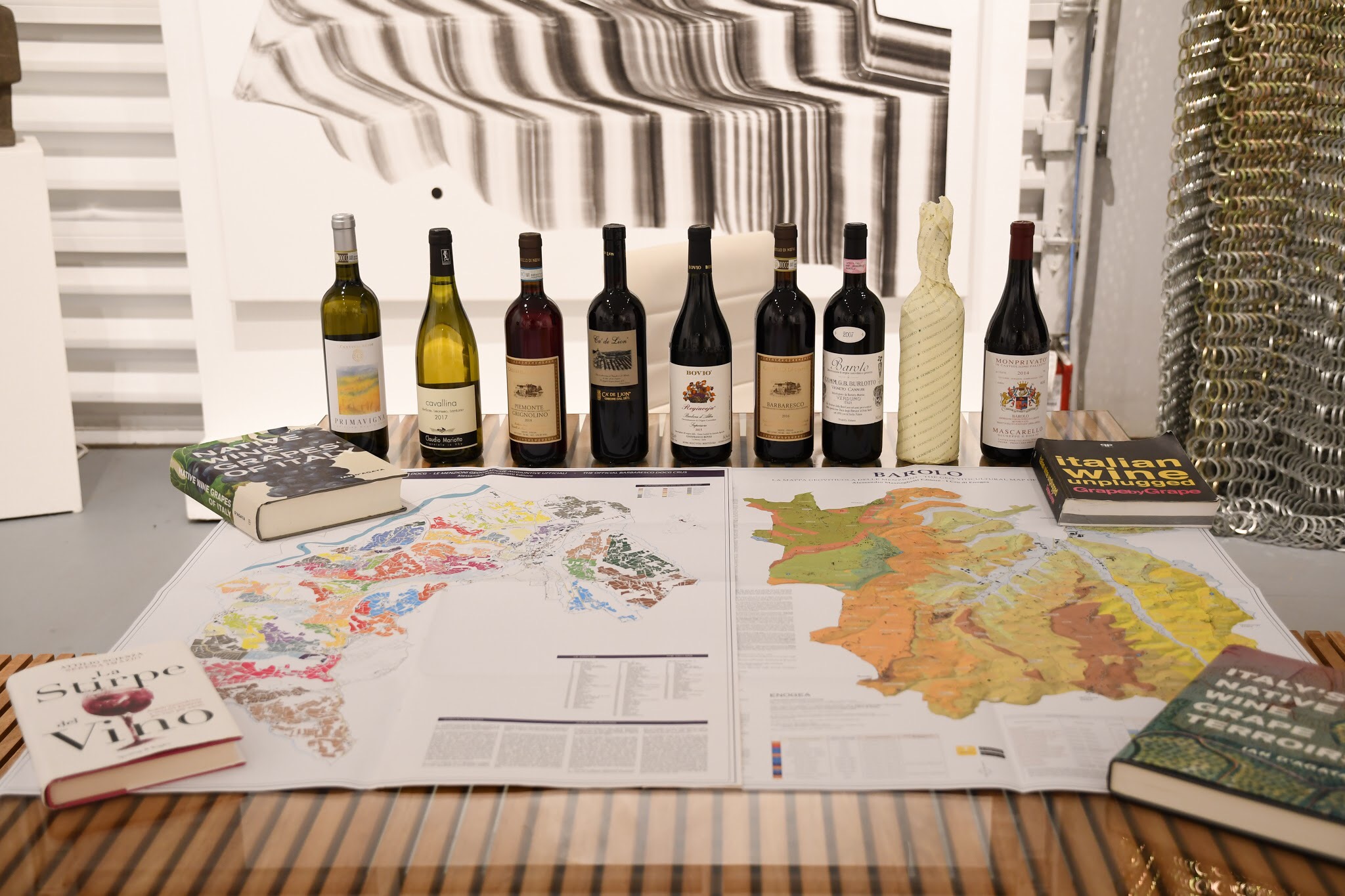
Miami, FL…October 3, 2019…The Italian Wine School based in Miami, Florida is pleased to announce that it will offer the first course certified by Vinitaly International Academy (VIA): Maestro Italian Wine Course…
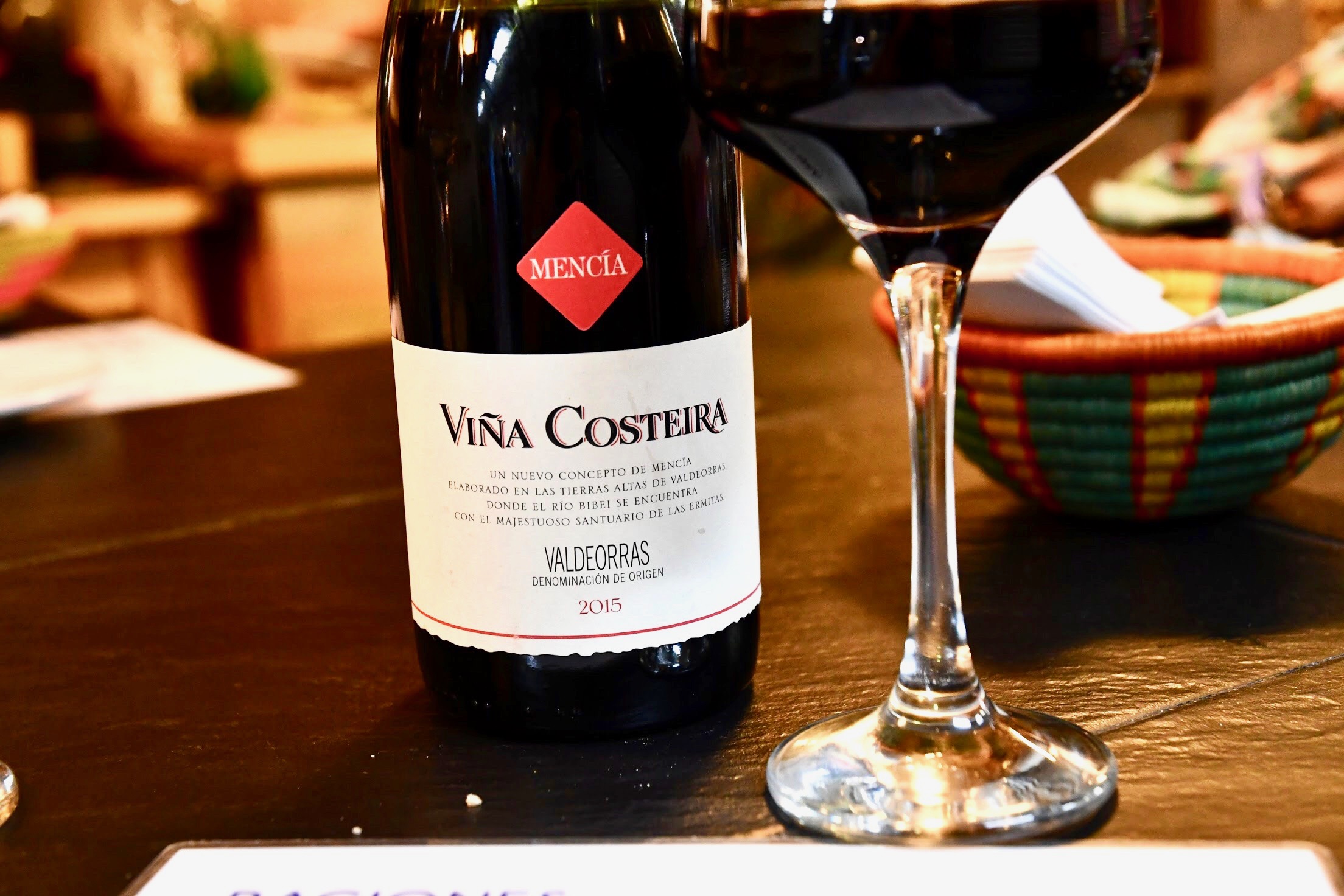
It’s #FoodieFriday and what better way to recover from the post-vacay blues than to indulge in a tasty flashback? I intentionally planned a late morning arrival time in Madrid, so I could…
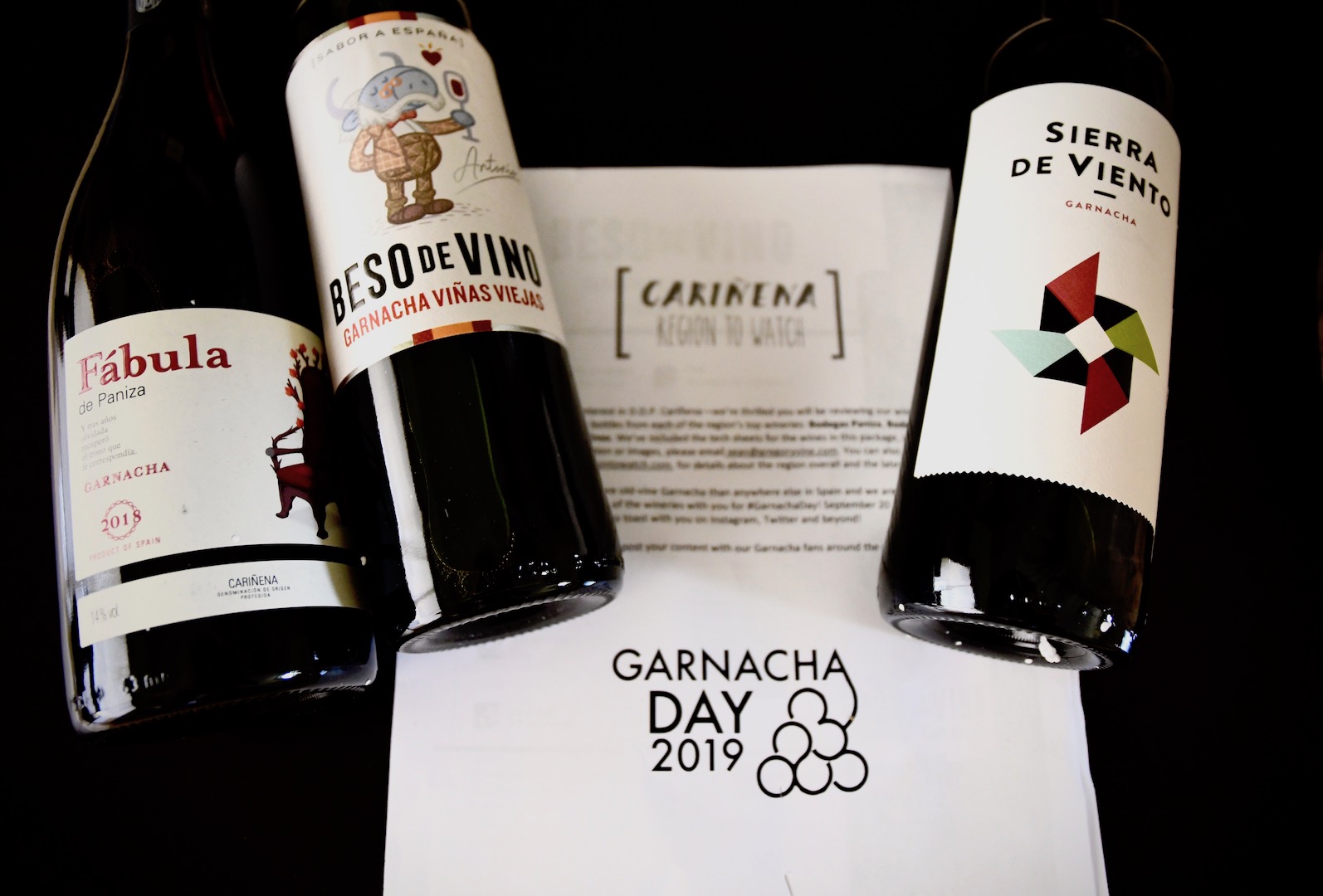
TGIF and Happy #GarnachaDay! Following a hurricane postponement of the Miami Home Show and rushing to get all of my work done and in place before flying to Spain, I began ignoring…
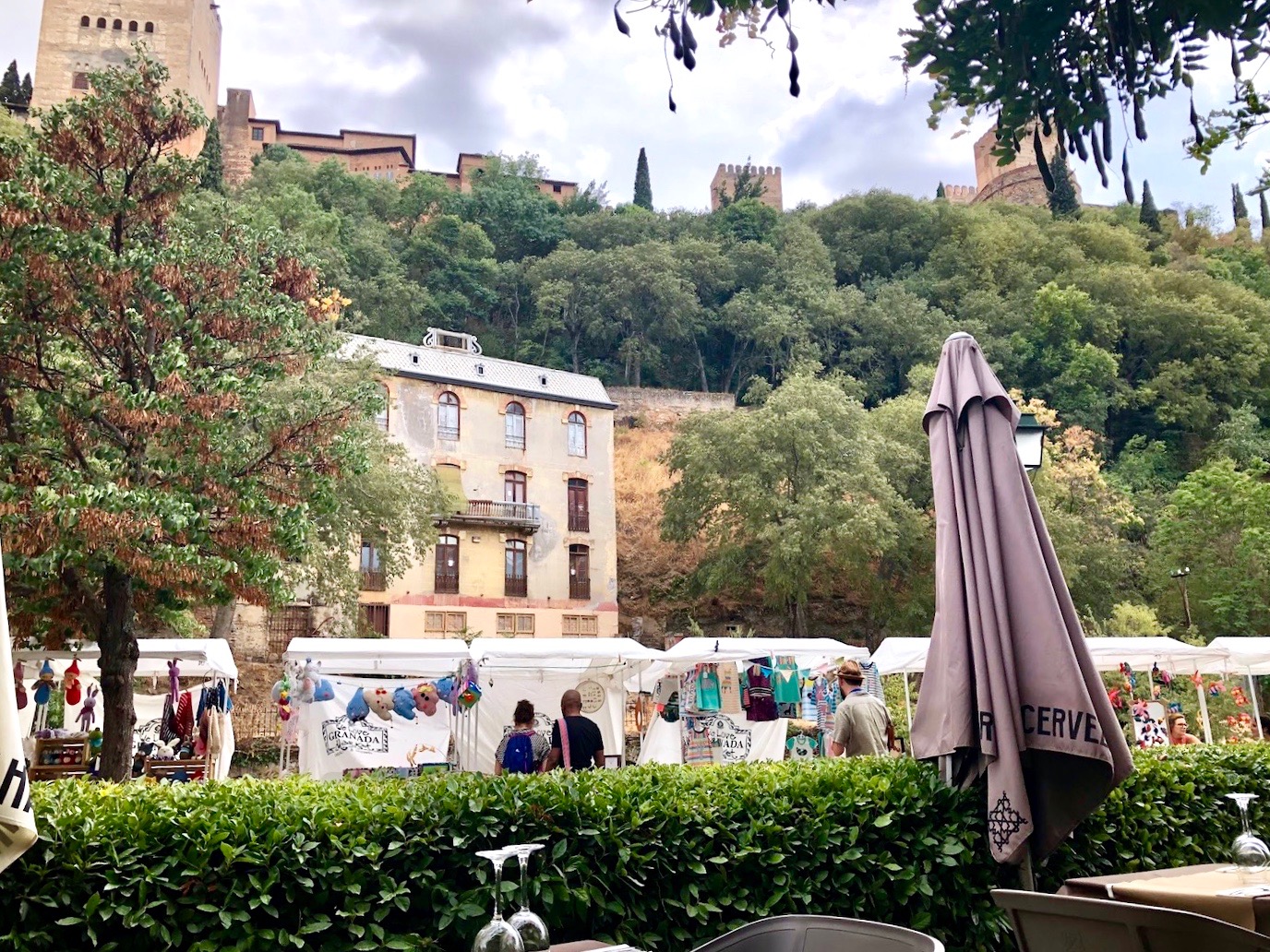
I’m back from Spain and what better way to celebrate Wine Wednesday than with an authentic Spanish food and wine pairing? Unlike Madrid, it was a challenge to find a good selection…
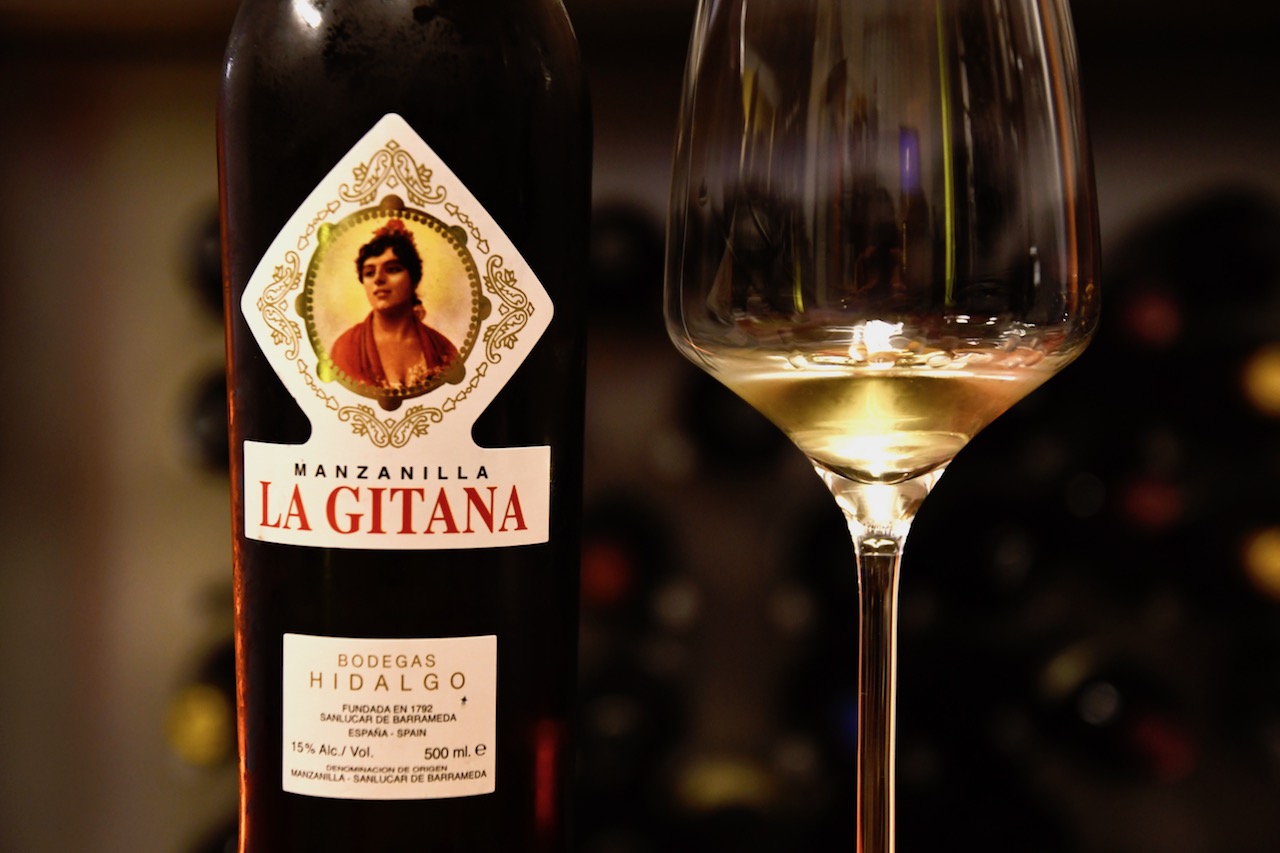
If you’ve read my last post, you’ll know that I’m still working on Chapter 11, Spain. Studying has been quite the “journey.” Yes, I can read, but am I reading with understanding…